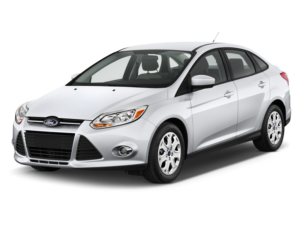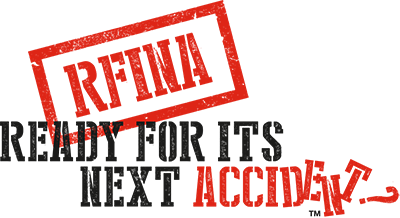Certification – Muddying the Waters
An announcement was made a few days ago in the trade papers that Ford Canada is launching a National Certified Shop Program. On the surface this sounds like a good step and it will give consumers a better chance of getting the right repair.
 Ford has contracted Certified Collision Care to manage their accreditation program. This means that there is no discussion of the capabilities, service area or integrity of the repair facility until it has paid money to join Certified Collision Care, which is a private company that is trying to find a niche in the collision repair market.
Ford has contracted Certified Collision Care to manage their accreditation program. This means that there is no discussion of the capabilities, service area or integrity of the repair facility until it has paid money to join Certified Collision Care, which is a private company that is trying to find a niche in the collision repair market.
This adds yet another profit seeking point to the industry. For a Ford certified shop these points now include at a minimum; Ford, the insurance company, Certified Collision Care, the shop owner, and the piece work technician on the floor. There is only so much efficiency to be found and with each additional player looking for their share the pressure builds.
This would still be manageable for a progressive well equipped shop if it were no more complicated than that.
However, the three major collision shop networks in Canada; CARSTAR Canada, CSN Collision Centres and Fix Auto Canada have all committed to the Canadian Collision Industry Accreditation Program (CCIAP) which has been developed by the non-profit Automotive Industry Association of Canada (AIA). While AIA is non-profit, the accreditation is not free and is a direct competitor to Certified Collision Care.
With the way it stands today if an operator wants to become part of the Ford program that operator has to sign on with Certified Collision Care and if they are part of the Fix, CSN or CARSTAR network they also have to join CCIAP.
Outside of the these networks if an independent shop is signed on with Certified Collison Care and one of the other OEMs takes the position that CCIAP is more in line with their requirements than is Certified Collision then the shop will also have to sign on with CCIAP. This probably does not make them a better facility but does add cost and administrative overhead.
I think that most vehicle owners would see two accreditations in one shop as a marketing move and both accreditations would be diminished in their view.
It will also not be difficult for insurance companies to pick and choose which parts of the certification program they will accept and what they will pay for. This is happening now with repair requirements presented by the manufacturers but not accepted by the insurance companies. There is nothing about a voluntary accreditation that would force them to change their thinking today.
Accreditation as it stands today is a move toward the right place that the industry will be in several years from now but it is not the immediate answer that the promoters present it as.
It continues to be very much an industry in transition. Those operators that will survive to see the hoped for future stability are paying a lot of attention today.
